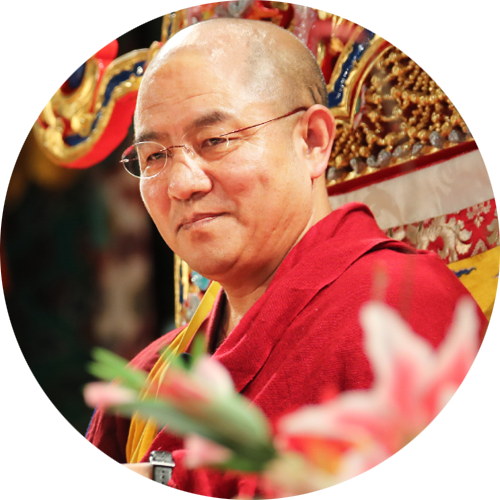Common Misunderstanding About Buddhism
In Buddhism, the practice of contentment is the source of happiness. However, before you are ready to put this concept into practice, you must understand that being content with less desire is not the same thing as being lazy and doing nothing. In actuality, Buddhism is by nature, active and aspirant.
Question:
Khenpo-la, Tashi Delek. I am a Tibetan living in here in D. C. I have a question. From the Buddhist perspective, the source of happiness is referred to as a quality of contentment with fewer desires. But westerners treat such an attitude as an attitude of laziness or complacency. What’s your opinion about this?
Khenpo Sodargye:
In Buddhism, we talk about less desire, being content, the mind of renunciation and so on. When you really go deeply into these teachings, you’ll find that it is neither laziness, lethargy nor complacency. The quality of contentment can be understood as a way to keep yourself away from endless desire. But you shouldn’t go to the other extreme of becoming lazy, complacent or inactive in life. Both the Vinaya (the basic vehicle) and Abhidharmakosha mention that accepting necessities is fine, but one shouldn’t accept offerings for accumulation. This is clearly stated in various other scriptures.
However, many modern youths believe that Buddhism completely deviates from the norms of everyday life. For instance, when talking about ordination, some people in China and other countries believe it is a choice made only at the most difficult of times. We often see scenarios such as this portrayed in movies. But this is not the actual case. Buddhism itself is positive and holds an optimistic attitude towards life. However, too much desire will only bring us suffering instead of happiness. We need to understand it from this perspective.
